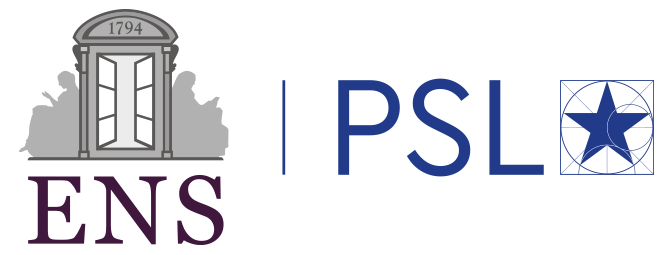Domaines
Condensed matter
Statistical physics
Biophysics
Soft matter
Nonequilibrium statistical physics
Physics of living systems
Non-equilibrium Statistical Physics
Type of internship
Théorique, numérique Description
Active biological particles like cells and bacteria rarely evolve far from any boundary. Rather, they are most of the time strongly confined, in crowded environments, whose composition and structure can vary over time. The intestinal medium, for instance, featuring strong heterogeneity (mucus, villi, physico-chemical gradients) and hydrodynamic fluctuations, strongly influences the transport and adhesion of microorganisms. Modeling these mechanisms is important to understand the formation of collective structures (such as biofilms) and contamination in confined environments. What is the effect of the confining walls on active particle transport? What is the effect of entropic traps in active particle transport? How are confining walls triggering condensation and collective effects? What is the effect of the surrounding fluid on the tracer transport when it has a strong affinity with the substrate? To tackle these questions, we can build on existing theoretical frameworks for modeling active particle dynamics in heterogeneous media, using for instance stochastic density field equations and include confinement, fractional dynamics, and hydrodynamic forcing. If the project is continued as a PhD, the candidate should be eager to interact with experimentalists (see e.g., at the LadHyX, Abdul Barakat and Claire Leclech for cell motion on nonisotropic substrates, or Gabriel Amselem for microalgae motion in confined environments).
Contact
Ruben Zakine
